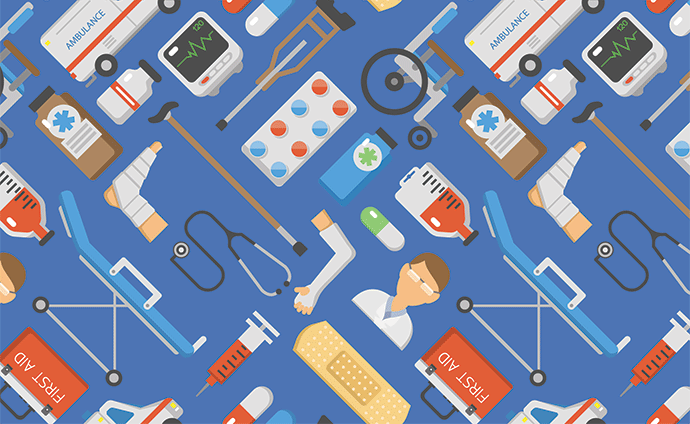Urgent Care Center Utilization Skyrocketed by 1725% in Last Decade
Private payers experienced significant growth in urgent care center utilization from 2007 to 2016.

Source: Thinkstock
- Healthcare payers saw urgent care center utilization grow by 1725 percent from 2007 to 2016, indicating that urgent care may the one of the fastest-growing choices for receiving healthcare.
A white paper from FAIR Health found that beneficiary utilization of urgent care outpaced ED utilization growth (229 percent) sevenfold.
“In a time when healthcare spending accounts for almost 18 percent of the nation’s gross domestic product, and the healthcare ecosystem is undergoing rapid evolution, we hope that these new tools will inform decision making by all healthcare stakeholders, including payers, providers, government officials, policy makers and others,” FAIR Health President Robin Gelburd said.
The team used its repository of claims data to segment urgent care utilization based on beneficiary age, geography, and gender.
Patients between ages 31 to 40 accounted for the highest percentage of urgent care claims, with 18 percent of the utilization. The next largest age groups were beneficiaries ages 41 to 50 (15.7 percent) and ages 23 to 30 (15.2 percent).
Rural areas experienced significantly higher urgent care utilization growth rates than urban areas (2308 percent vs. 1675 percent).
Gender disparities also existed in urgent care center use as women across all ages, except the 0-10 age group, contributed to nearly 60 percent of utilization. The highest gaps in utilization happened within the 19 to 22 age group, where women comprised 64 percent of urgent care use.
Urgent care utilization data found that payers spend the most on urgent care global fees, which cover all services in an urgent care center. Payers spent an average of $438 on the cost of global fees.
Urgent care office visits contributed to the second highest utilization costs in urgent care settings, the team found.
Healthcare payers spent $320 for a 25-minute office visit and $190 for a 15-minute visit. Notably, the cost for payers was slightly less for longer office visits at rates of $255 per 30-minute office visit.
Office visits within urgent care settings ended up costing slightly less than primary care visits, the researchers found. Payers spent an average $294 for a 30-minute primary care office visit compared to the $255 amount in urgent care centers.
Healthcare utilization in urgent care centers primarily treated acute conditions, according to the report.
Urgent care visits to treat acute respiratory conditions like a cold accounted for 27 percent of utilization. Visits regarding general symptoms like fever and physical discomfort contributed to 10 percent of utilization. Visits for physical injuries accounted for 10 percent of utilization.
The remaining 53 percent of utilization included visits related to joint pain, digestive system issues, skin infections, ear infections, and other acute healthcare conditions.
The team suggested that beneficiaries are becoming more open to the idea of using alternative healthcare settings. The data also indicated that retail clinic utilization grew by 847 percent nationally and that telehealth use grew by 643 percent nationally.
Payers may have to ensure that their care networks offer services through alternative settings to meet a growing national demand from beneficiaries.
“Given the extraordinary role of the healthcare sector in the US economy, it has become more important than ever to identify and understand the trends and shifts within that sector,” the report said.
“Such knowledge can inform many decisions in this sector—for example, decisions about care management, provider networks, recruitment, expansion, affiliation agreements, investment and consumer engagement.”
